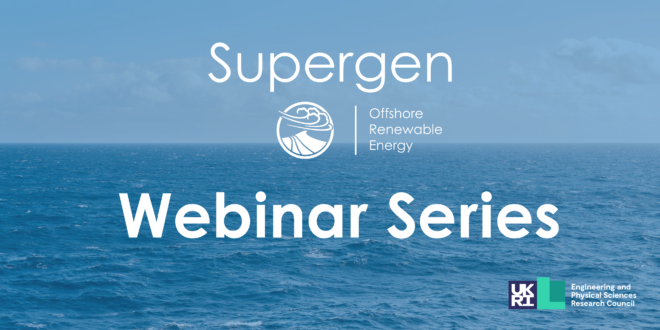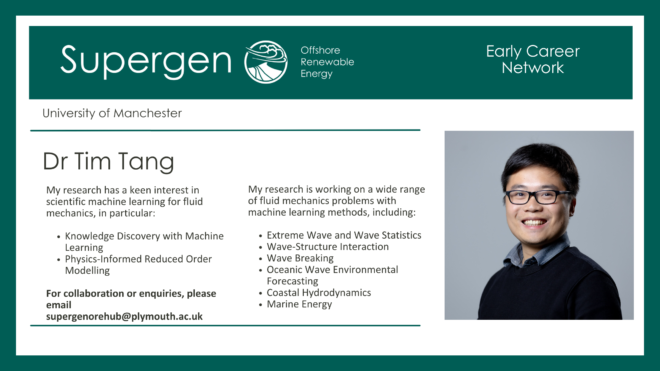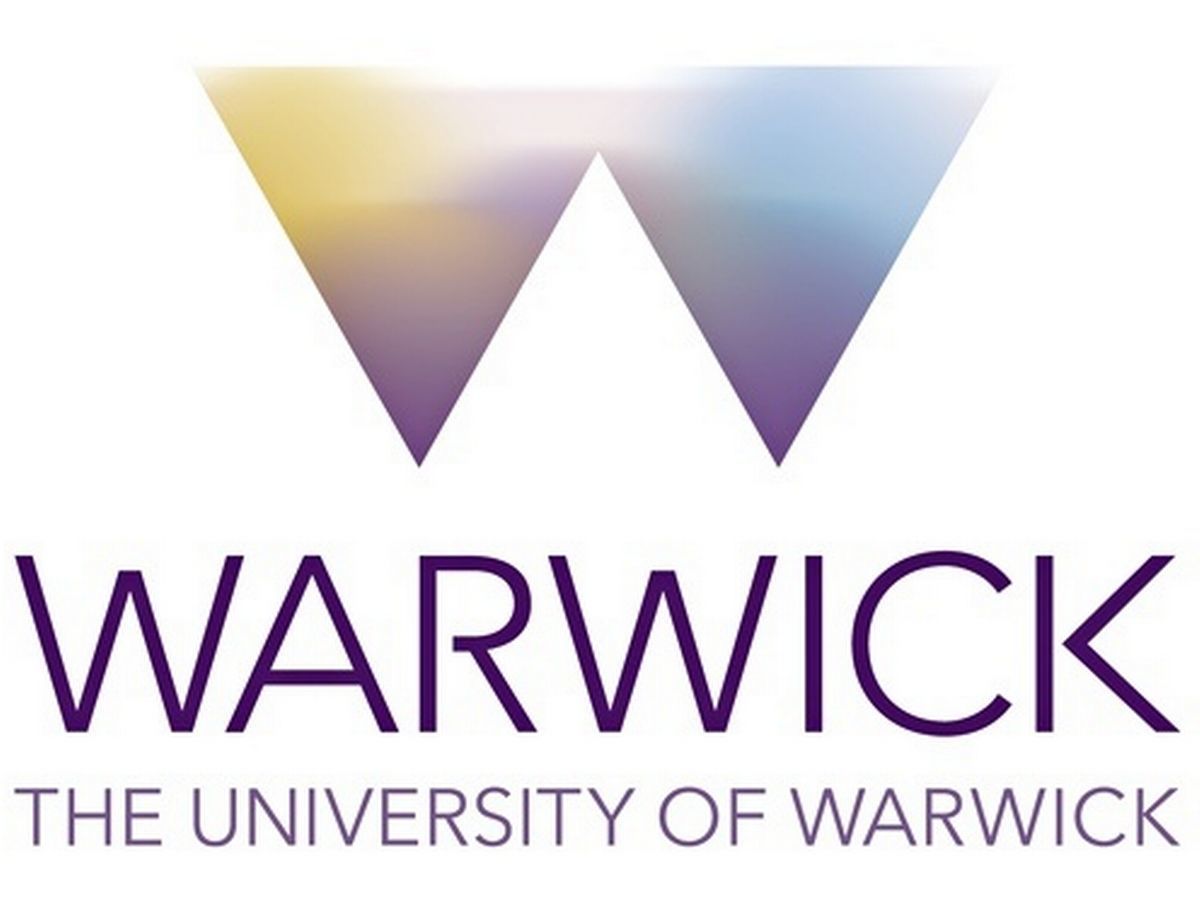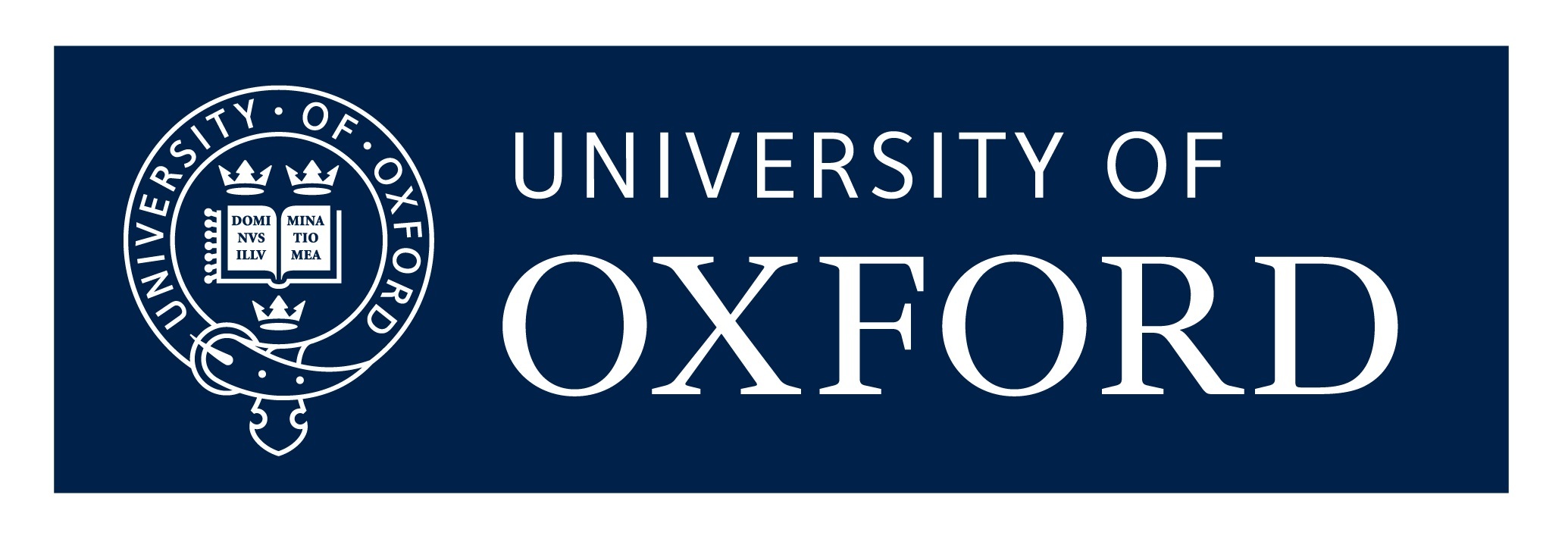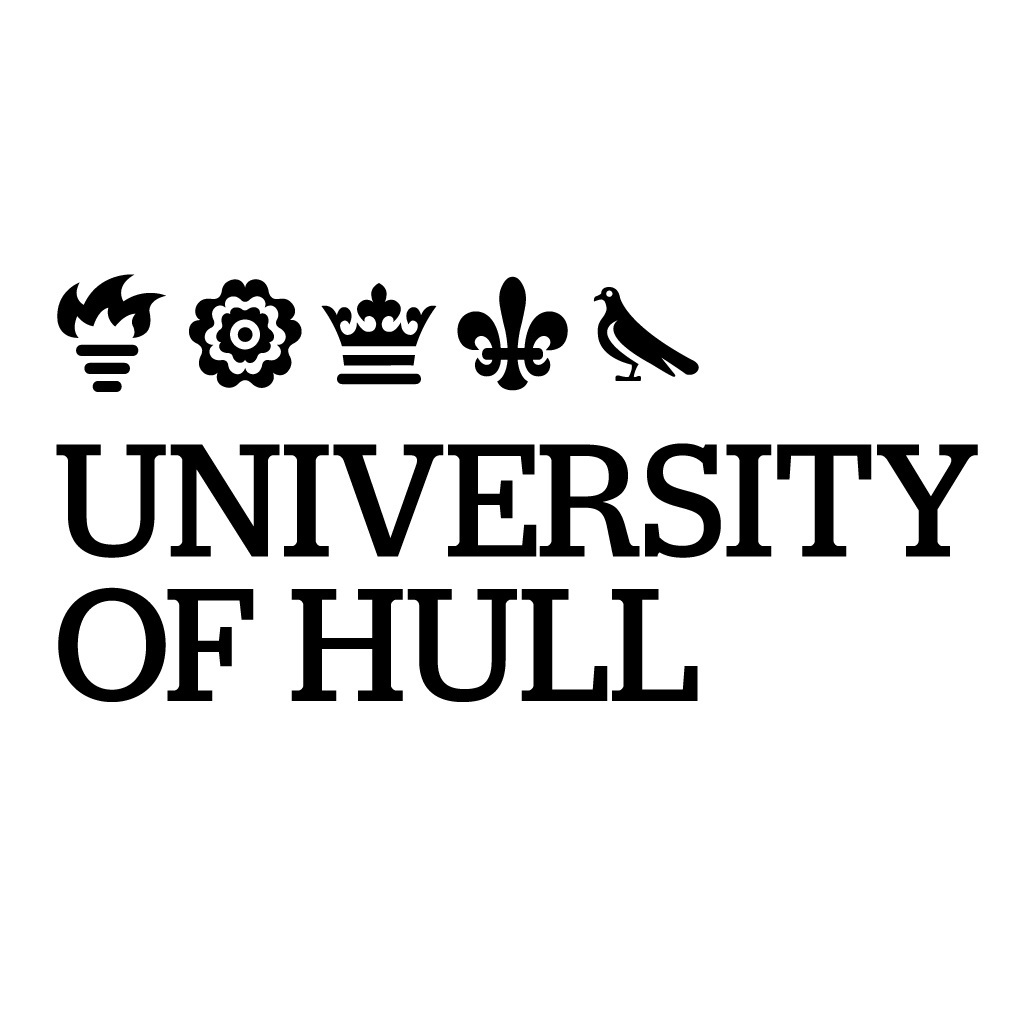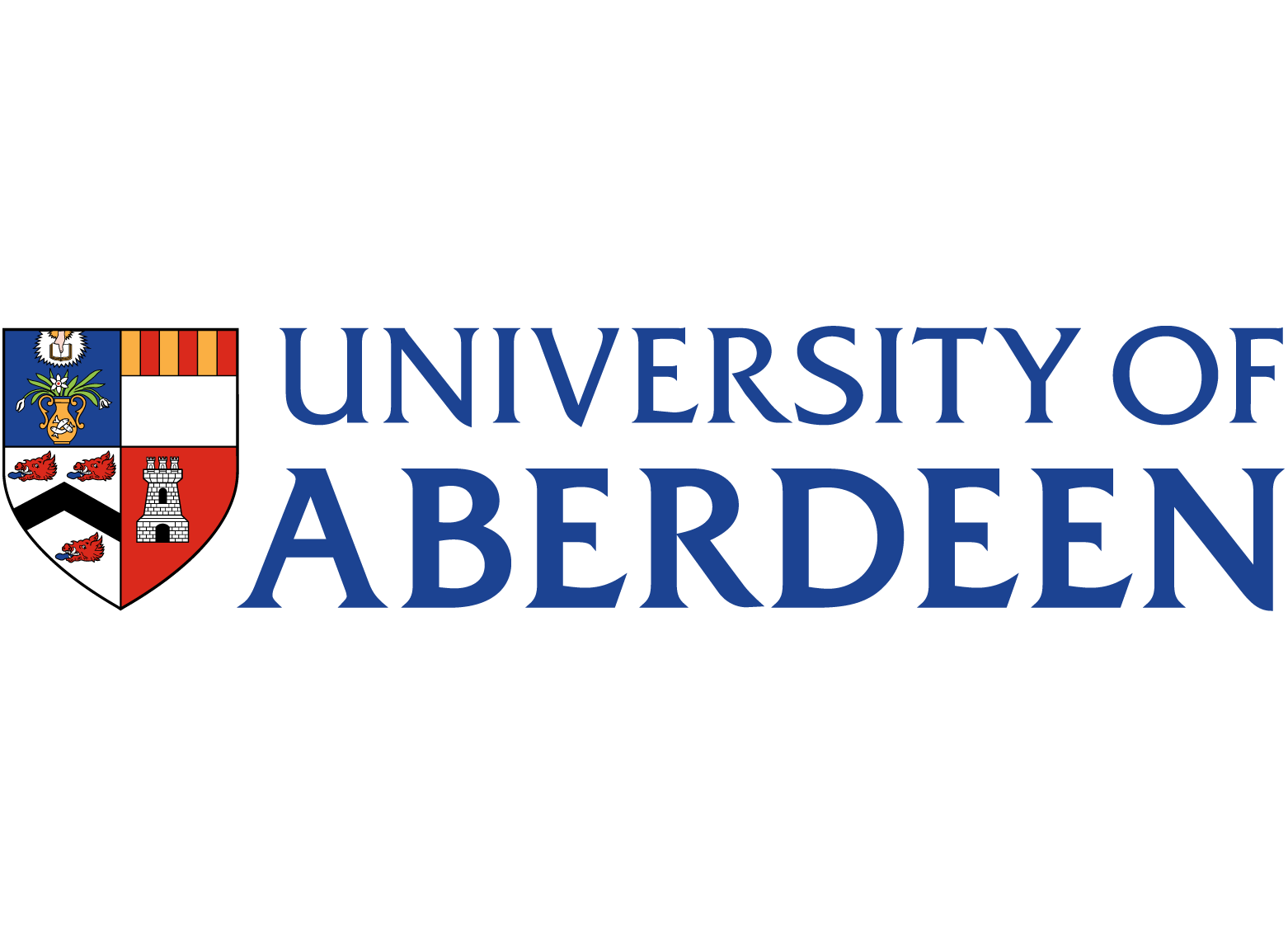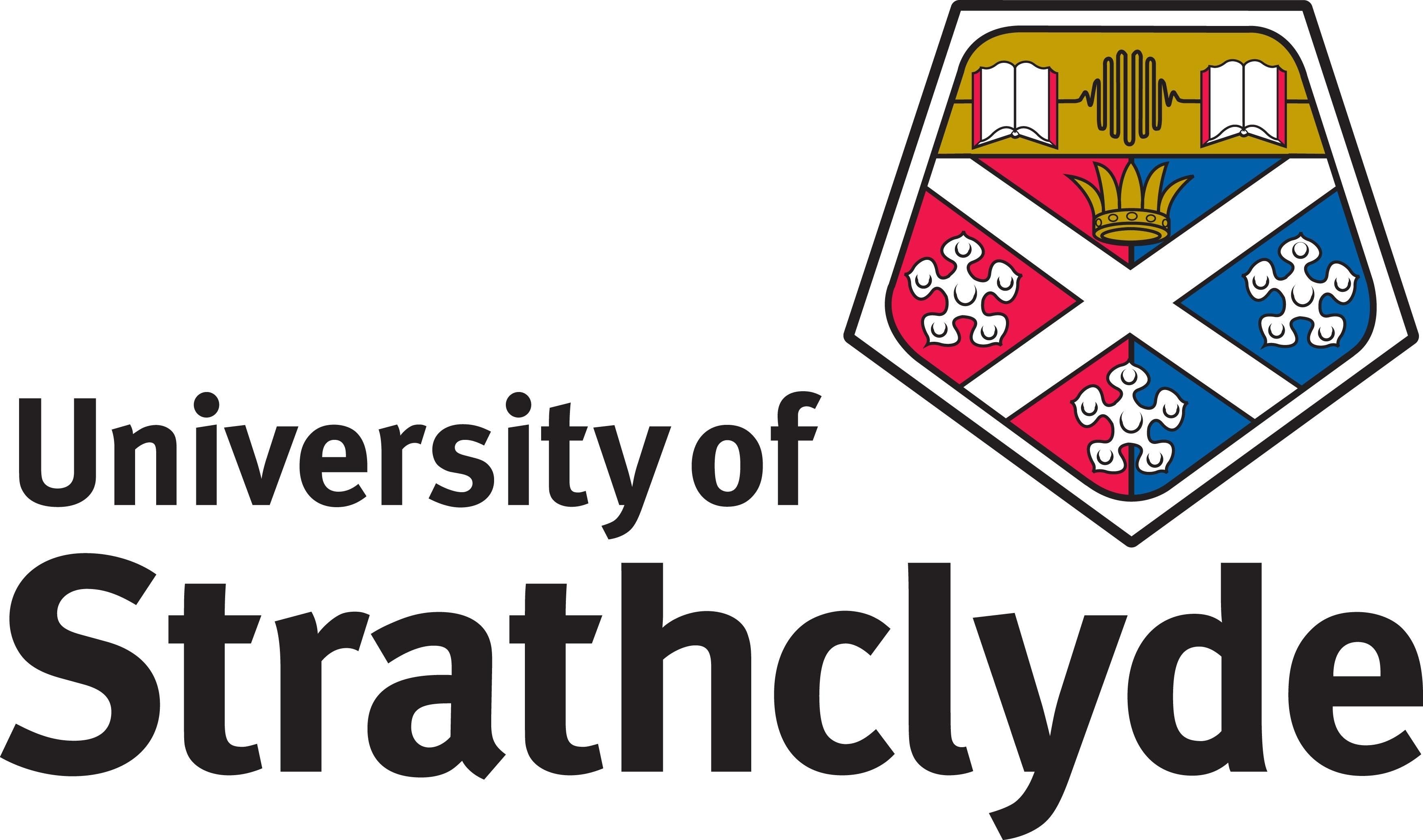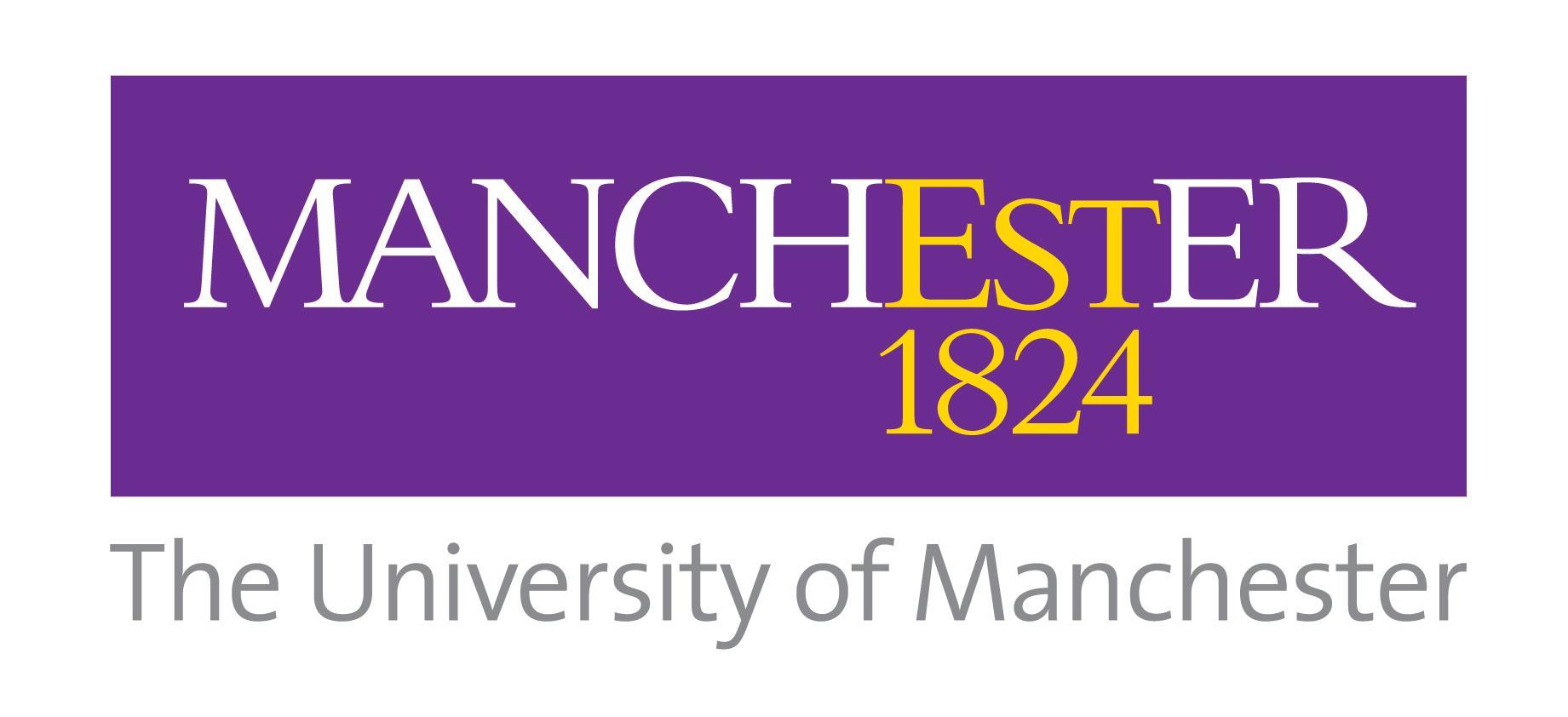Offshore management is a future challenge for the development of sustainable growth for aquaculture and offshore renewable energy industries. The worldwide increase of demand for both industries requires developing efficient tools to optimize the use of the offshore space. The synergetic development of marine renewable energy infrastructure with mariculture has been hypothesized as a way to share services and reduce costs. Reducing barriers to the development of Multi-use platforms at sea (MUPS) would provide a pathway for a high-tech low carbon energy industry that aligns with UN sustainability goals.
The first part of the project will create a tool taking into account several criteria essential for both industries, which will define the best area for MUPS:
- 1) waves, wind and tidal energy production potential
- 2) biological and physical requirements needed for different species (seaweed, bivalves, fish and crustaceans); and
- 3) infrastructure requirements for aquaculture and energy devices.
The second part will quantify and qualify the potential benefits and risks of co-location, which will improve investor confidence and shape the pathway to this new industry. The application of Lagrangian drifters is one of the methods of this project proposal, which will allow us to concurrently study larvae dispersal and oceanographic parameters to:
- 1) define larvae pathways;
- 2) provide information on the possibility to collect larvae using offshore renewable energy (ORE) infrastructure;
- 3) study the impact of ORE on larval recruitment; and
- 4) improve accuracy of hydrodynamic models for future ORE projects.
